

Articles
What Size Food Processor Do I Need
Modified: October 20, 2024
Find out what size food processor you need with our helpful articles. Discover the perfect fit for all your culinary needs.
(Many of the links in this article redirect to a specific reviewed product. Your purchase of these products through affiliate links helps to generate commission for Storables.com, at no extra cost. Learn more)
Introduction
Choosing the right size food processor can make a significant difference in your cooking experience. Whether you’re a professional chef or simply someone who enjoys preparing meals at home, having the right size food processor can help you save time, effort, and achieve better results in the kitchen.
When it comes to food processors, one size does not fit all. The size of a food processor is typically determined by its capacity, which is measured in cups. Smaller models typically have a capacity of 3-6 cups, medium-sized models range from 7-10 cups, and larger models can hold 11 cups or more.
So, what factors should you consider when determining the size of the food processor you need? Let’s explore the key considerations before diving into the specifics of small, medium, and large food processors.
Key Takeaways:
- Choose the right food processor size based on your cooking needs, kitchen space, and budget. Small processors suit basic tasks, medium ones offer versatility, and large ones handle heavy-duty tasks efficiently.
- Small food processors are compact, cost-effective, and efficient for basic tasks. Medium processors strike a balance between capacity and versatility. Large processors are powerful, high-capacity, and time-saving for heavy-duty cooking needs.
Read more: What Size Awning Do I Need
Factors to Consider
1. Cooking Needs: Assess how often you cook and the types of recipes you typically prepare. Are you someone who enjoys making small batches of dips and sauces, or do you frequently cook for a larger family or social gatherings? Understanding your cooking needs will help you determine the size of the food processor that can accommodate your usual recipes.
2. Kitchen Space: Consider the available counter and storage space in your kitchen. Larger food processors may take up more space on your countertop or in your cabinets. Ensure you have enough room to comfortably store and use the food processor size you choose.
3. Budget: Food processors come in a range of prices, and larger models tend to be more expensive. Set a budget for your purchase and consider the size of the food processor that fits within that budget.
Now, let’s dive into the specifics of small, medium, and large food processors to help you determine which size is best for you.
Key Takeaways:
- Choose the right food processor size based on your cooking needs, kitchen space, and budget. Small processors suit basic tasks, medium ones offer versatility, and large ones handle heavy-duty tasks efficiently.
- Small food processors are compact, cost-effective, and efficient for basic tasks. Medium processors strike a balance between capacity and versatility. Large processors are powerful, high-capacity, and time-saving for heavy-duty cooking needs.
Read more: What Size Awning Do I Need
Factors to Consider
When it comes to choosing the right size food processor, there are several factors to consider. These factors will help you determine the size that best suits your cooking needs and kitchen space. Here are the key considerations:
- Cooking Needs: Assess how often you cook and the types of recipes you typically prepare. If you mainly use a food processor for small tasks like chopping onions, making dips, or grinding spices, a smaller food processor with a capacity of 3-6 cups should be sufficient. However, if you frequently prepare large meals or batch cook, a larger food processor with a capacity of 11 cups or more might be more suitable. Consider the amount of food you usually process to determine the right size.
- Kitchen Space: Evaluate the available space in your kitchen. If you have a small kitchen with limited counter space, a smaller food processor would be more practical. Models with a capacity of 3-6 cups are usually more compact and easier to store. However, if you have a spacious kitchen with ample counter space and storage, you can opt for a larger food processor without worrying about clutter. Consider your kitchen layout and available storage options to determine the appropriate size.
- Budget: Set a budget for your food processor purchase. Generally, larger food processors with higher capacities tend to be more expensive. If you have a limited budget, a smaller or medium-sized food processor may be a more affordable option. However, keep in mind that larger models often come with more powerful motors and additional features. If you’re willing to invest in a higher-end food processor, a larger size might be worth considering.
- Multifunctionality: Consider the versatility and range of tasks you want your food processor to handle. If you’re looking for a basic food processor to handle simple tasks like chopping, slicing, and shredding, a smaller model would suffice. However, if you want a food processor that can handle more complex tasks like kneading dough or pureeing large quantities of ingredients, you may need a larger processor with a more powerful motor and additional attachments.
- Future Needs: Anticipate your future cooking needs. If you’re just starting out in the kitchen but plan to expand your culinary skills, investing in a larger food processor from the beginning might save you from having to upgrade later. However, if your needs are likely to remain small-scale, a smaller food processor would be more practical and economical.
By considering these factors, you can determine the ideal size food processor that suits both your current cooking needs and future aspirations. The next sections will explore the features and benefits of small, medium, and large food processors, helping you make an informed decision.
Small Food Processors
Small food processors are perfect for those who have limited kitchen space or primarily use a food processor for smaller tasks. With a capacity ranging from 3-6 cups, these compact appliances offer convenience without taking up much counter space.
Here are some key features and benefits of small food processors:
- Compact Size: Small food processors are designed to be space-saving. Their compact size makes them easy to store in cabinets or small appliances shelves when not in use. If you live in an apartment or have a small kitchen, a small food processor is a great choice.
- Efficiency: Despite their smaller size, small food processors are efficient when it comes to processing small quantities of food. They are handy for tasks like chopping vegetables, making small batches of salsa or salad dressing, grinding nuts, or making baby food.
- Cost-effective: Small food processors are generally more affordable than their larger counterparts. If you have a limited budget, a small food processor can provide you with the basic functionalities you need at a lower price point.
- Easy to Clean: Cleaning a small food processor is quick and easy since there are fewer parts to clean. Most small food processors have dishwasher-safe bowls and blades, making cleanup a breeze.
- User-friendly: Small food processors are designed with simplicity in mind. They often have user-friendly controls and uncomplicated assembly, making them easy to use, even for beginners.
While small food processors offer convenience and efficiency, they may not be suitable for larger-scale cooking or more complex tasks. If you often cook for a larger family or frequently process larger quantities of ingredients, a small food processor may not be able to handle the workload effectively. In such cases, a medium or large food processor might be a better option.
Overall, small food processors are ideal for individuals or small households who primarily require a food processor for basic tasks and have limited counter and storage space. They provide an efficient and cost-effective way to simplify meal preparation without compromising quality.
Next, let’s explore medium-sized food processors and their unique features and benefits.
When choosing a food processor, consider the size of your typical recipes and the amount of food you usually prepare. For small batches and basic tasks, a 7-10 cup processor should suffice. If you often cook for a large family or entertain frequently, opt for a 11-14 cup processor for more capacity.
Medium Food Processors
Medium-sized food processors offer a balance between capacity and versatility. With a capacity ranging from 7-10 cups, these appliances are suitable for individuals or small families who require a food processor for a range of cooking tasks.
Here are some key features and benefits of medium food processors:
- Versatility: Medium food processors are versatile and can handle a variety of tasks. They can chop, slice, shred, puree, and knead dough, making them perfect for a wide range of recipes. Whether you’re preparing salads, soups, doughs, or dips, a medium food processor can help you achieve consistent and efficient results.
- Capacity: With a larger capacity than their smaller counterparts, medium food processors can handle moderate quantities of ingredients. This makes them suitable for cooking for small families or preparing meals for multiple servings.
- Compact Design: Despite their larger capacity, medium food processors often have a compact design. They are designed to take up minimal counter space and are still relatively easy to store in kitchen cabinets or shelves.
- Powerful Motor: Medium food processors usually come with a more powerful motor compared to small models. This allows them to handle tougher tasks such as kneading dough or chopping harder ingredients.
- Additional Attachments: Many medium food processors come with additional attachments that expand their functionality. These attachments may include slicing and shredding discs, dough blades, or citrus juicers, allowing you to accomplish more tasks with a single appliance.
- Ease of Use: Medium food processors are designed to be user-friendly, with intuitive controls and simple assembly. They offer a good balance between functionality and ease of use.
Medium food processors are suitable for those who need a versatile appliance that can handle various cooking tasks without the need for a larger capacity. They strike a balance between convenience and functionality, making them a popular choice for many home cooks.
However, if you frequently cook for large gatherings or find yourself processing significant quantities of ingredients, a larger food processor may be a better fit for you. Let’s explore the features and benefits of large food processors in the next section.
Read more: What Size Humidifier Do I Need
Large Food Processors
Large food processors are designed for those who frequently cook for larger groups or require a high-capacity appliance to handle more demanding tasks in the kitchen. With a capacity of 11 cups or more, these robust machines are built to tackle large-scale food preparation.
Here are some key features and benefits of large food processors:
- High Capacity: The primary advantage of large food processors is their capacity. They can handle large quantities of ingredients, making them ideal for cooking for large families, entertaining guests, or meal prepping.
- Powerful Motor: Large food processors come equipped with powerful motors that can handle heavy-duty tasks. Whether you’re kneading dough, grating cheese, or pureeing large batches of soup, these processors can efficiently handle the workload.
- Multiple Functions: Large food processors often come with a wide range of functions and attachments, allowing you to perform various tasks with a single appliance. From slicing and grating to chopping and dough kneading, these processors offer versatility and convenience.
- Commercial-Grade Performance: Some large food processors are designed with commercial-grade performance in mind, making them suitable for professional chefs or avid home cooks who require heavy-duty processing capabilities.
- Time-Saving: With their high capacity and powerful motors, large food processors can significantly reduce the time and effort required for food preparation. They can quickly process large quantities of ingredients, streamlining your cooking process.
- Durable and Sturdy: Large food processors are built to withstand heavy use. They are often made with durable materials that can withstand the rigors of regular and intensive use in a busy kitchen.
While large food processors offer numerous benefits, it’s important to note that they do require more counter and storage space. If you have a small kitchen, you may need to consider the available space before investing in a large food processor.
Large food processors are a great choice for those who frequently cook for large groups, cater events, or require a high-capacity appliance for their culinary needs. Their robust performance, versatility, and time-saving features make them an excellent addition to any kitchen.
Now that we have explored small, medium, and large food processors, you can make an informed decision based on your cooking needs, kitchen space, and budget. Remember to consider factors like cooking frequency, kitchen space, and future needs when determining the ideal size of a food processor for you.
Happy cooking!
Conclusion
Choosing the right size food processor is essential for enhancing your cooking experience and efficiency in the kitchen. By considering factors such as your cooking needs, kitchen space, budget, and future aspirations, you can determine which size food processor best suits your requirements.
If you have limited kitchen space or primarily need a food processor for smaller tasks, a small food processor with a capacity of 3-6 cups will be a practical choice. These compact appliances offer efficiency, affordability, and ease of use, making them suitable for individuals or small households.
For those who require more versatility and moderate capacity, a medium-sized food processor with a capacity of 7-10 cups is an ideal option. These processors strike a balance between functionality and convenience, making them suitable for a wide range of recipes and small to medium-sized families.
On the other hand, if you frequently cook for large gatherings, entertain guests, or require a high-capacity appliance for heavy-duty tasks, a large food processor with a capacity of 11 cups or more will meet your needs. These processors offer high performance, power, and the ability to handle large quantities of ingredients efficiently.
Regardless of the size you choose, all food processors offer convenience and time-saving benefits. They simplify tasks like chopping, slicing, shredding, pureeing, and kneading, allowing you to streamline your cooking process and achieve consistent results.
Remember to consider your current and future cooking needs, the available kitchen space, and your budget when selecting a food processor. By doing so, you can find the perfect size that fits seamlessly into your culinary routine.
Now that you’re armed with the knowledge of small, medium, and large food processors, it’s time to make an informed decision and elevate your cooking game. Happy food processing!
Frequently Asked Questions about What Size Food Processor Do I Need
Was this page helpful?
At Storables.com, we guarantee accurate and reliable information. Our content, validated by Expert Board Contributors, is crafted following stringent Editorial Policies. We're committed to providing you with well-researched, expert-backed insights for all your informational needs.
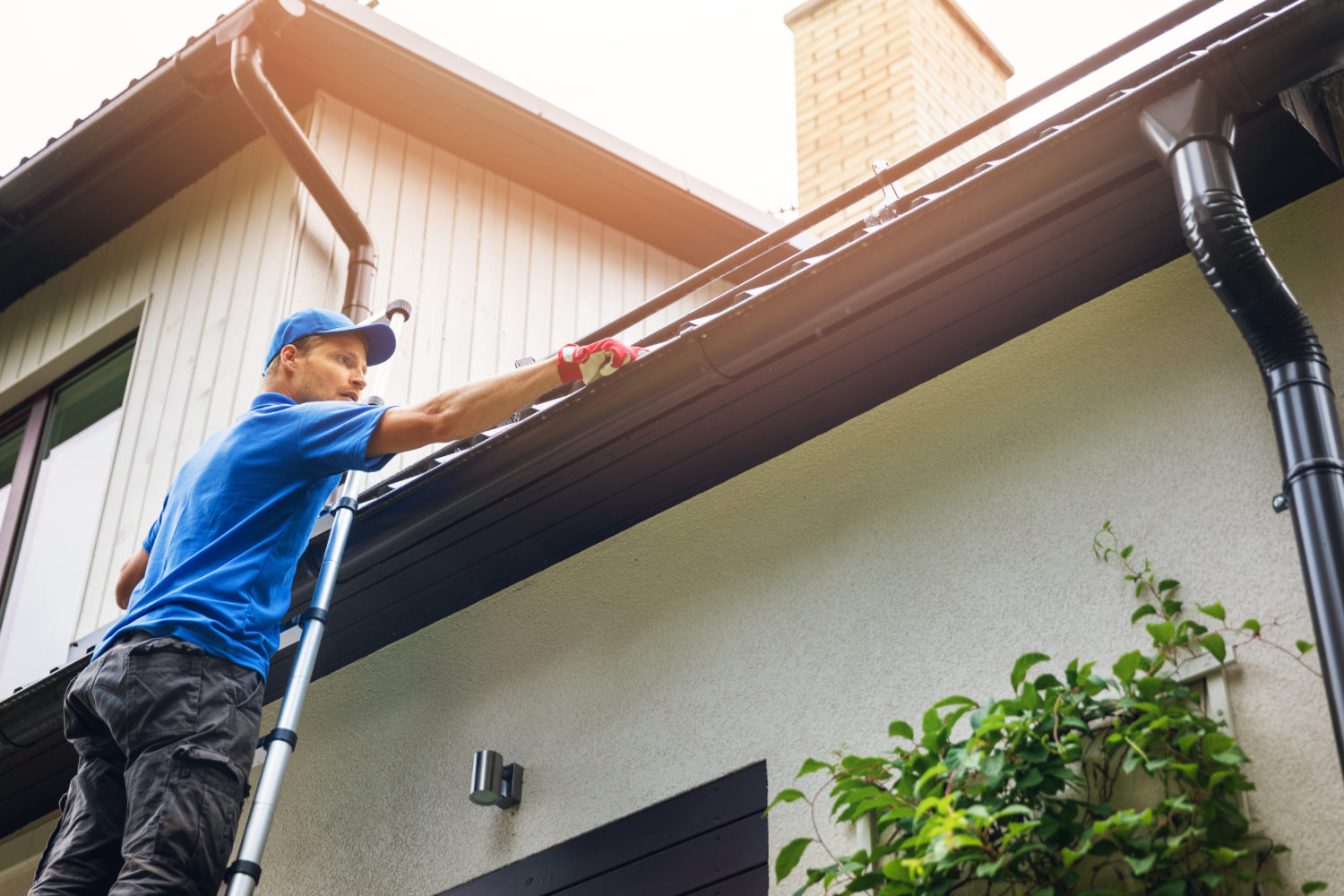
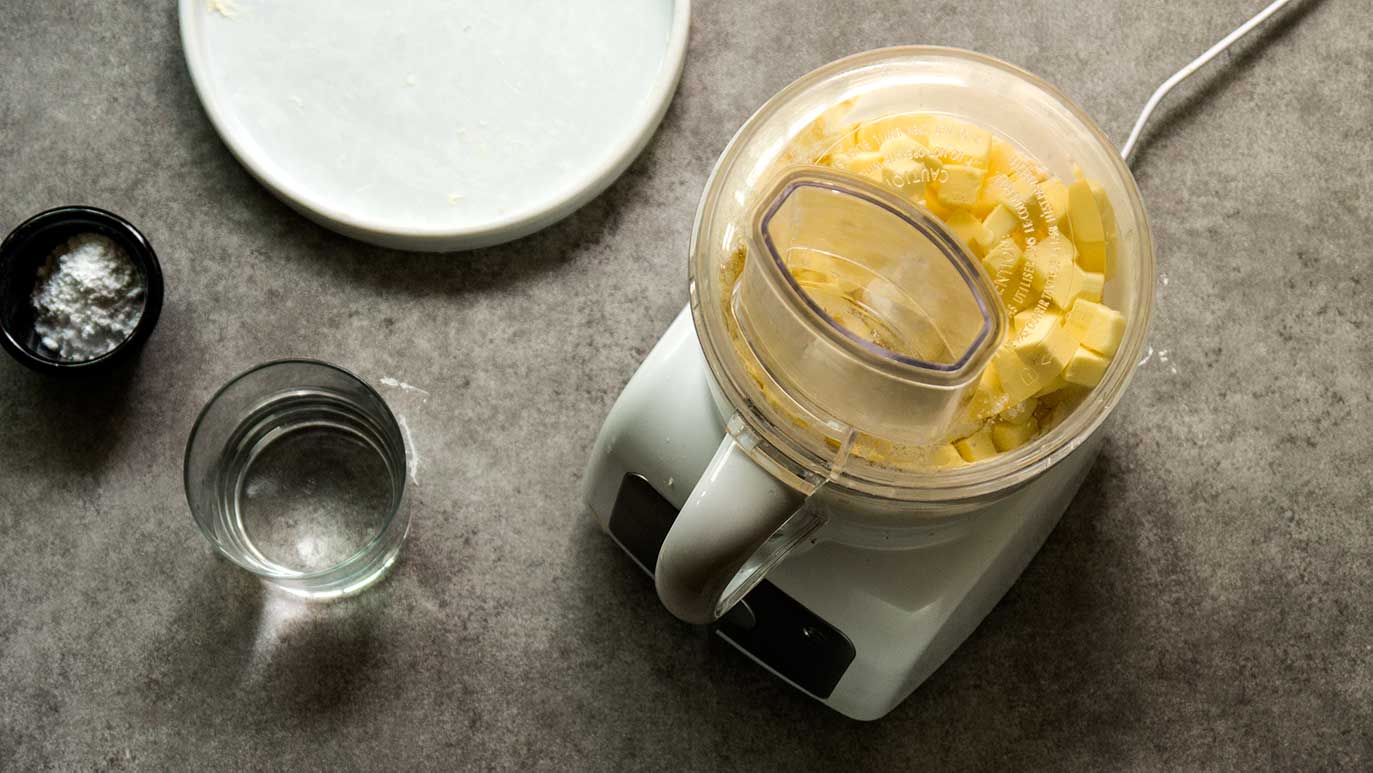
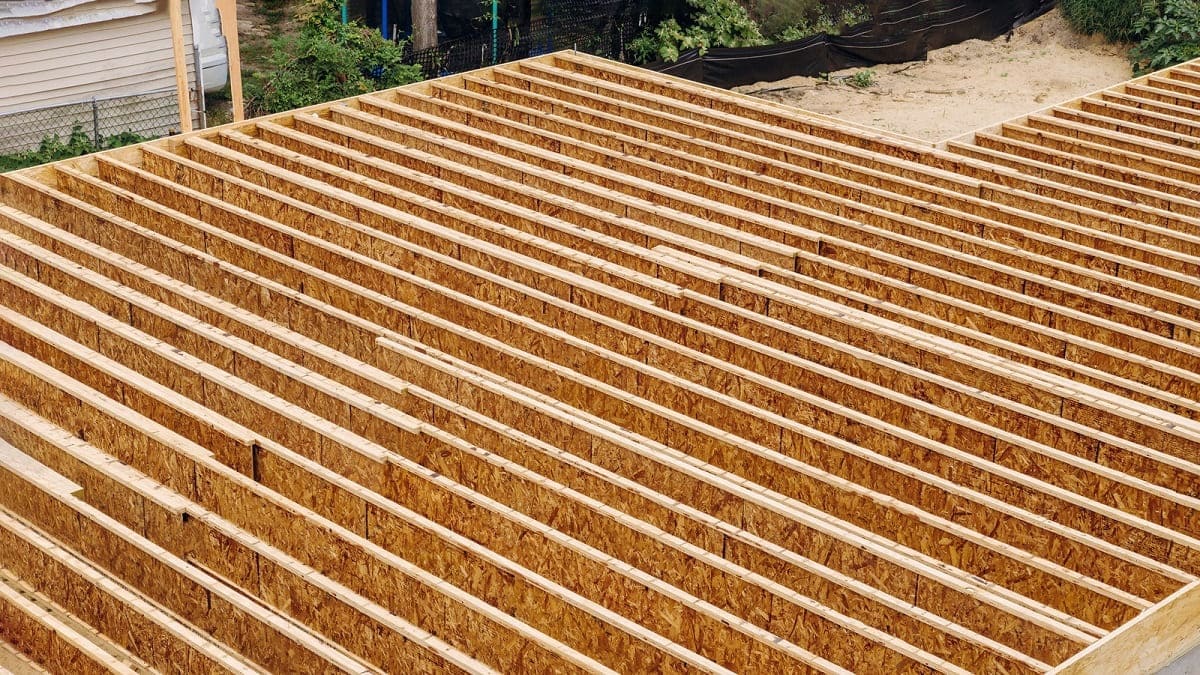
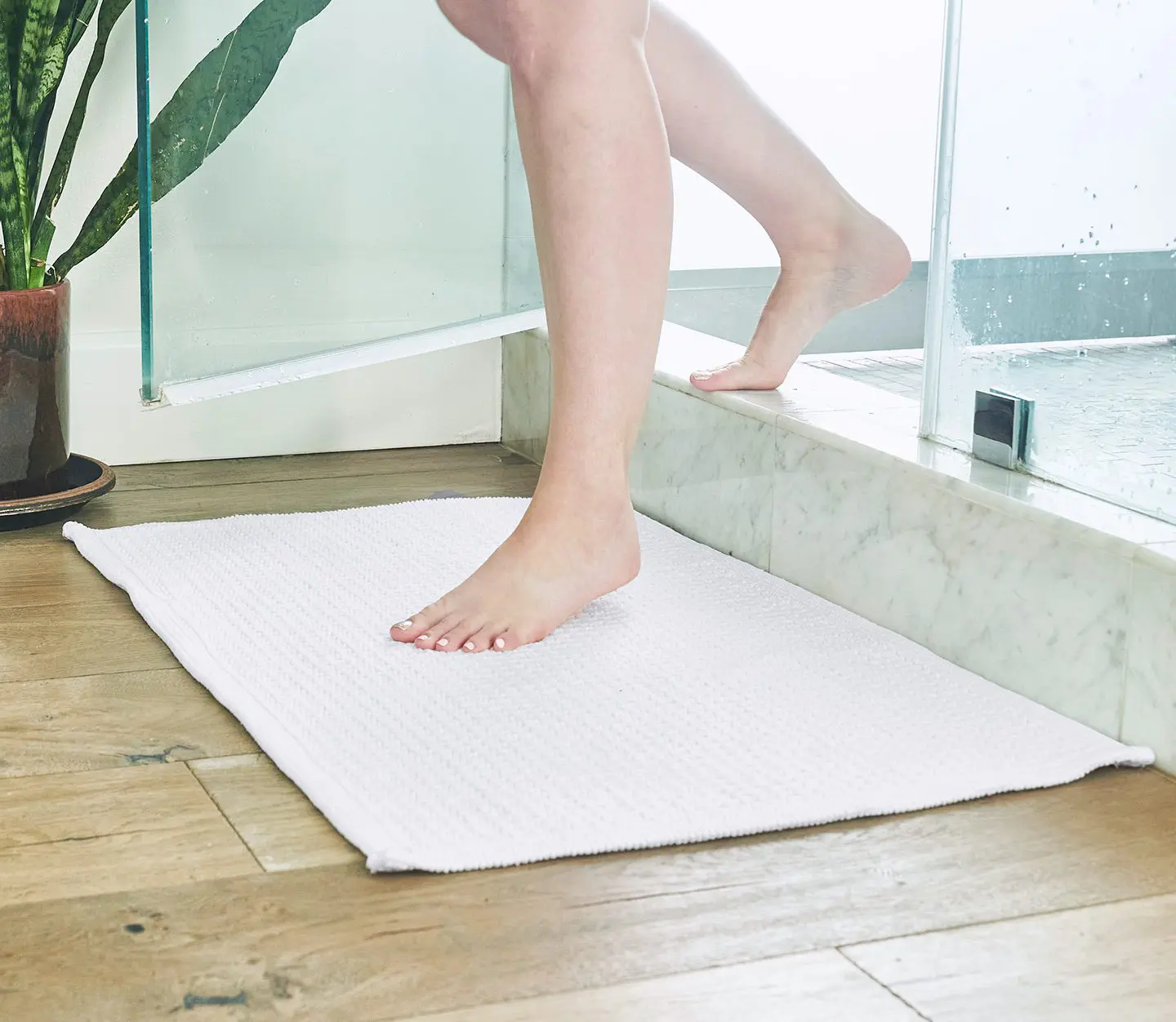
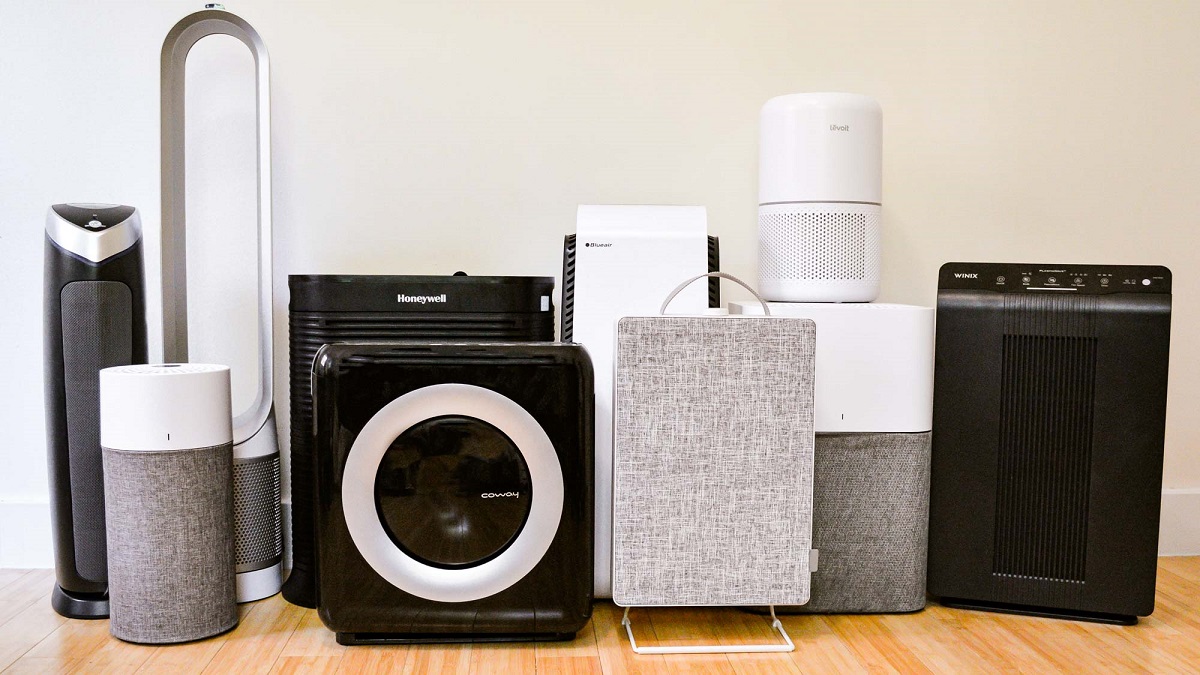
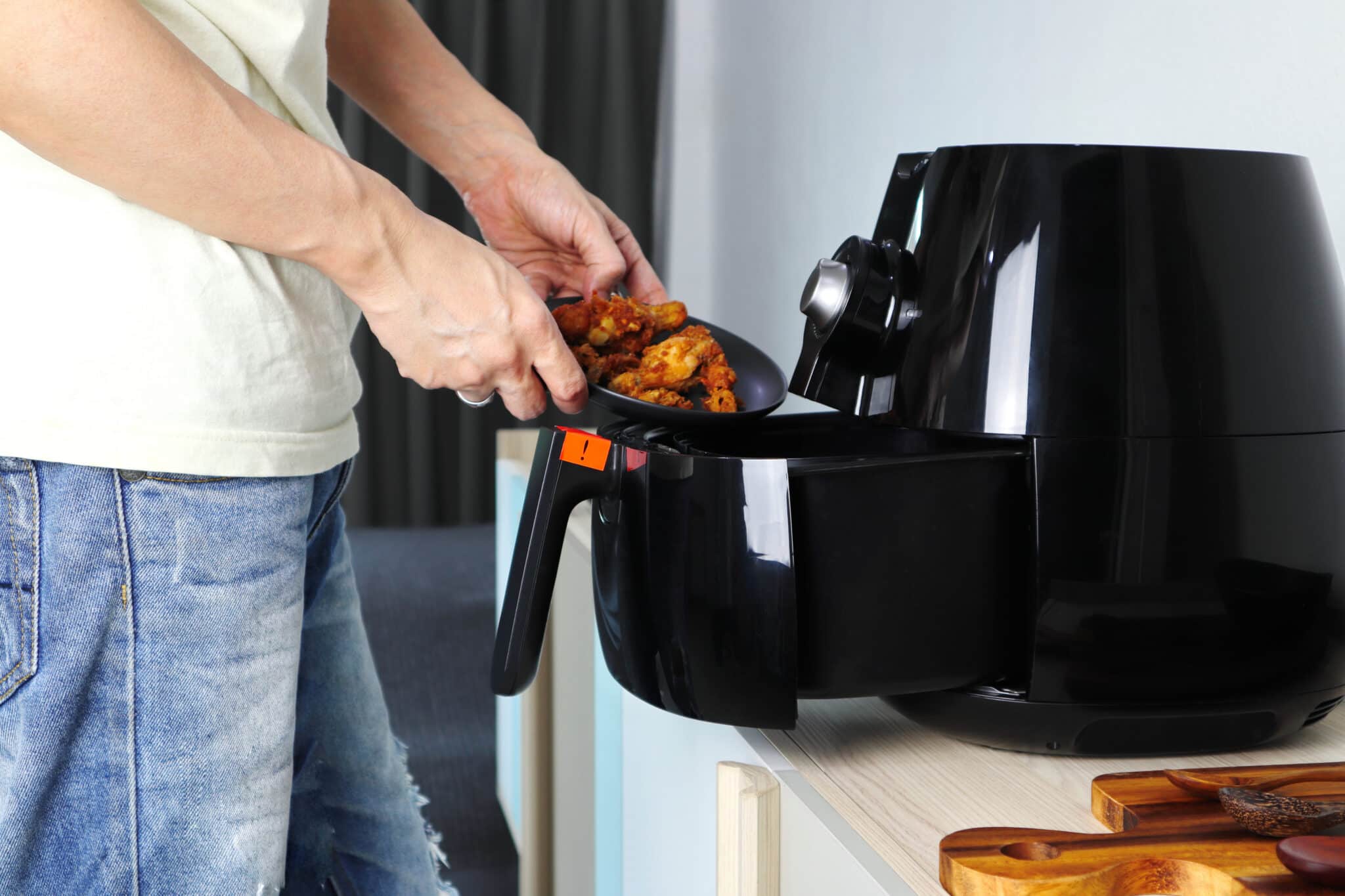
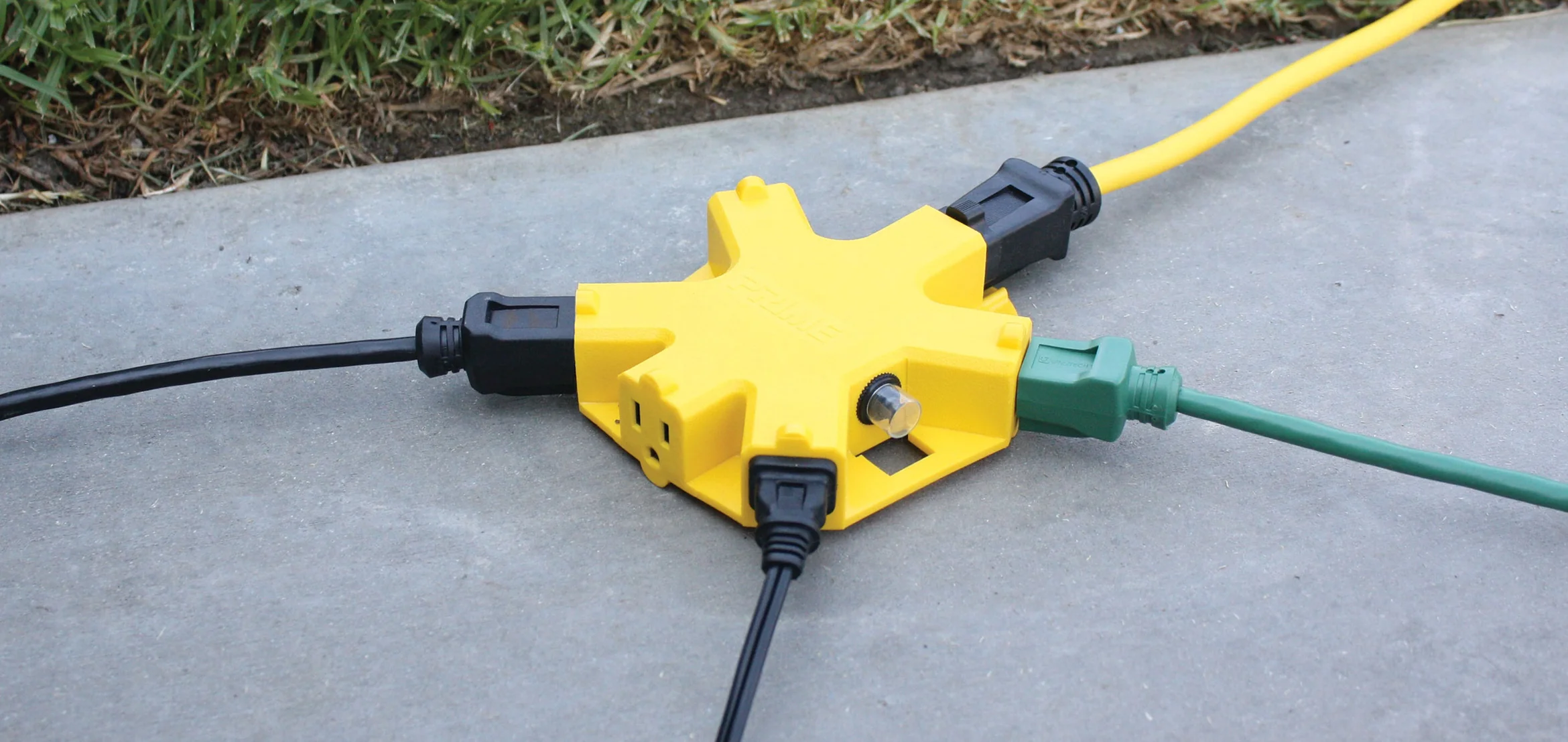

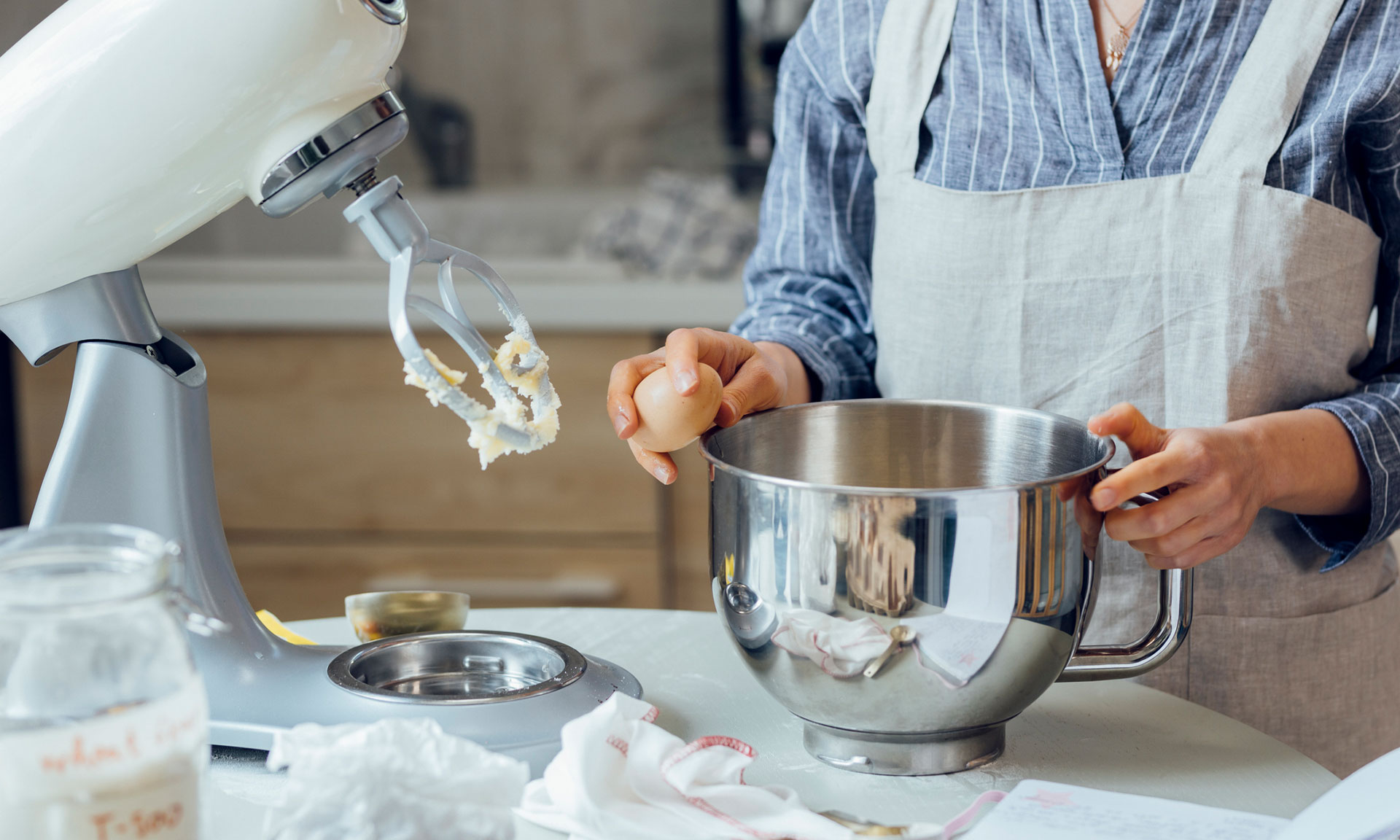
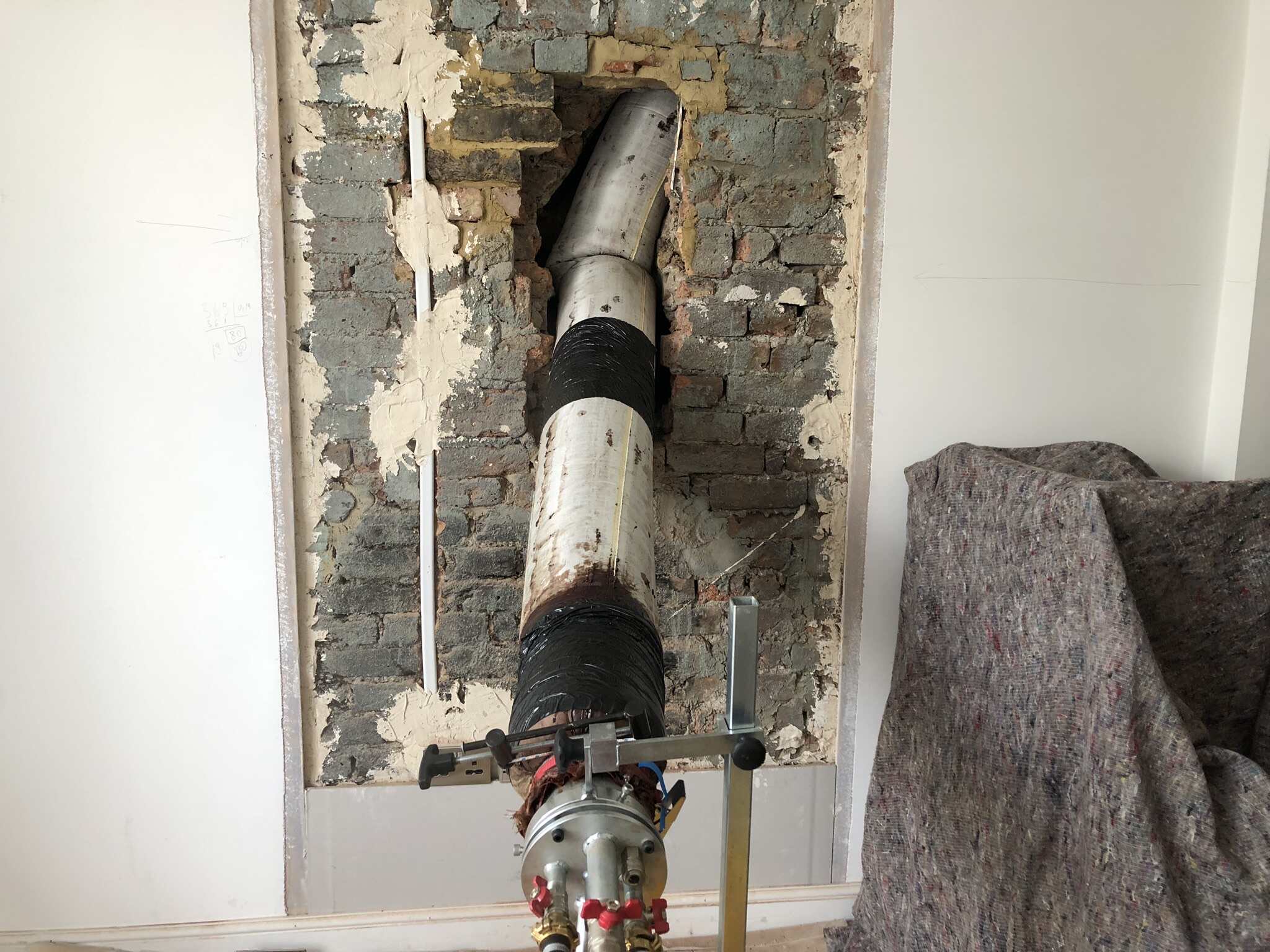
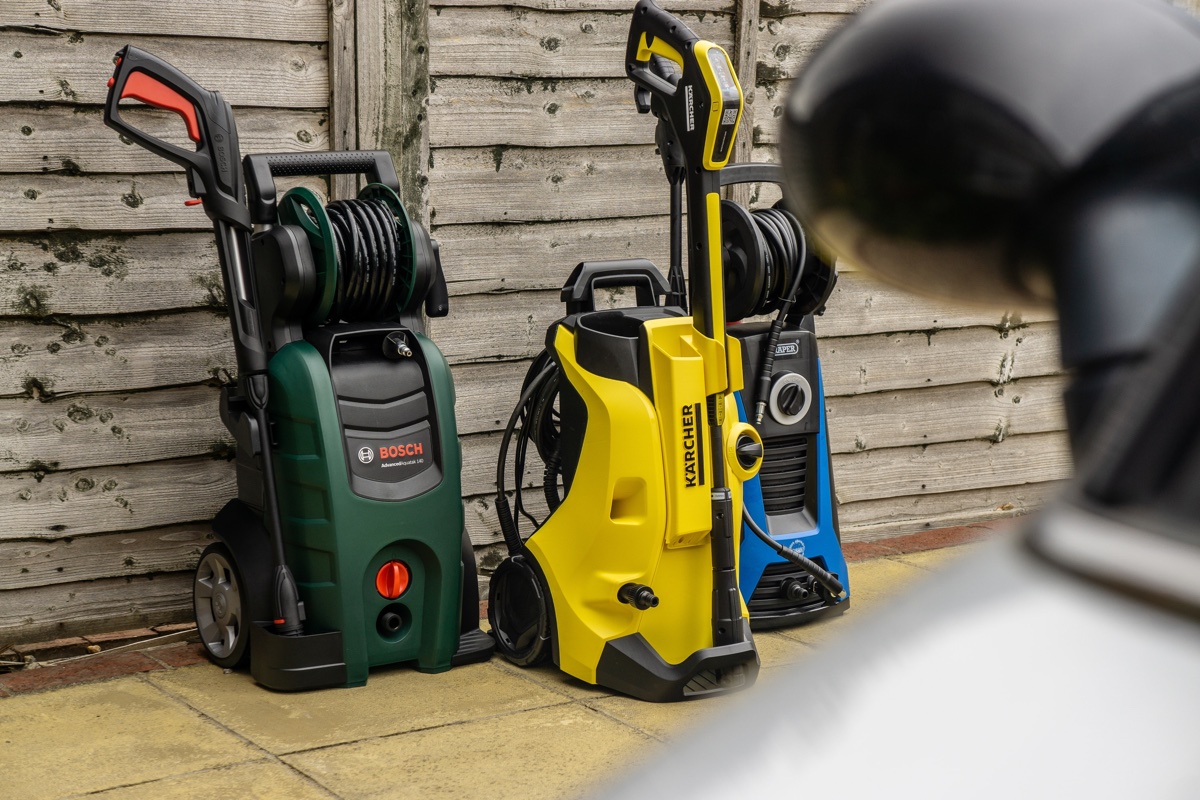
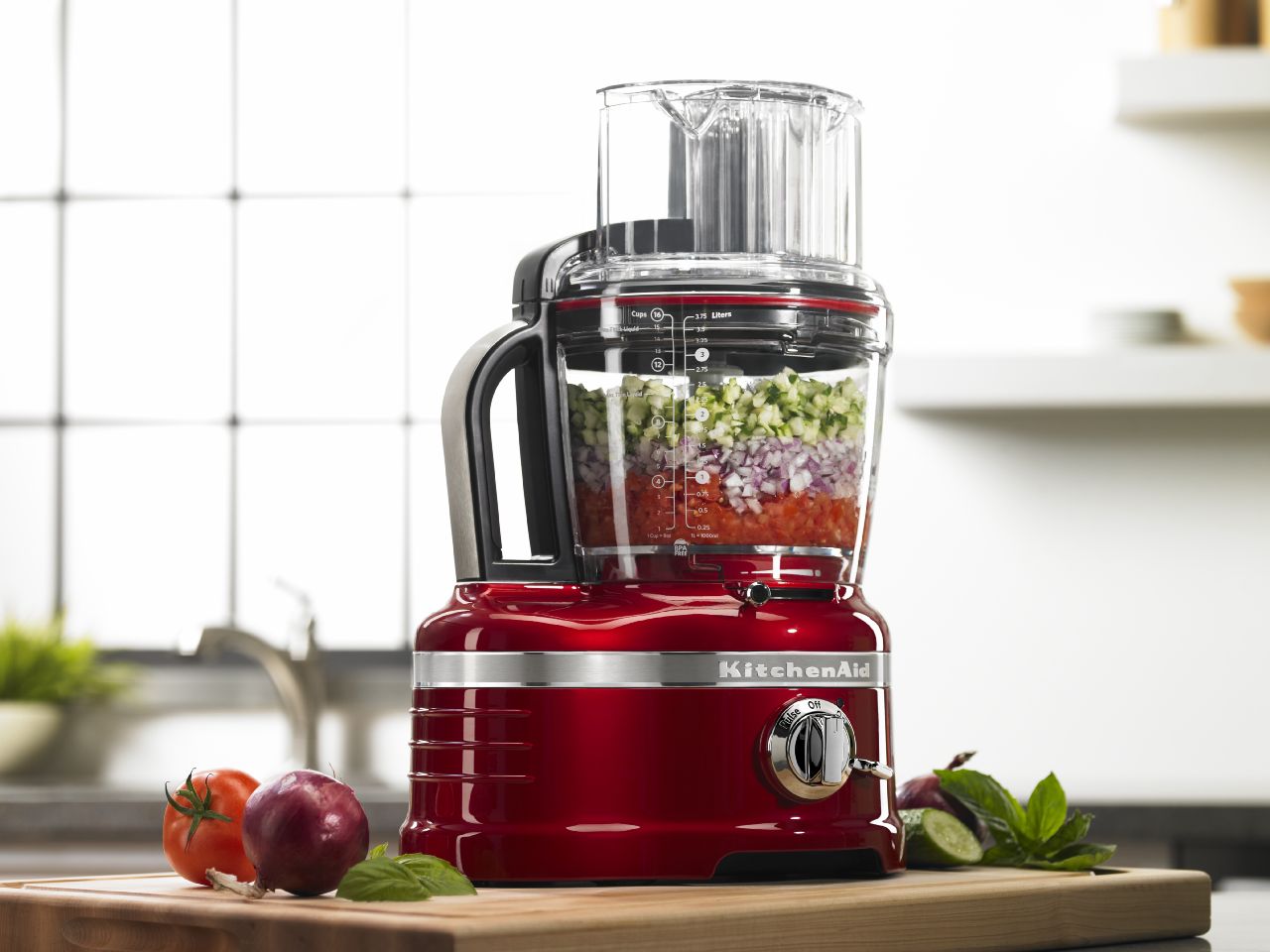

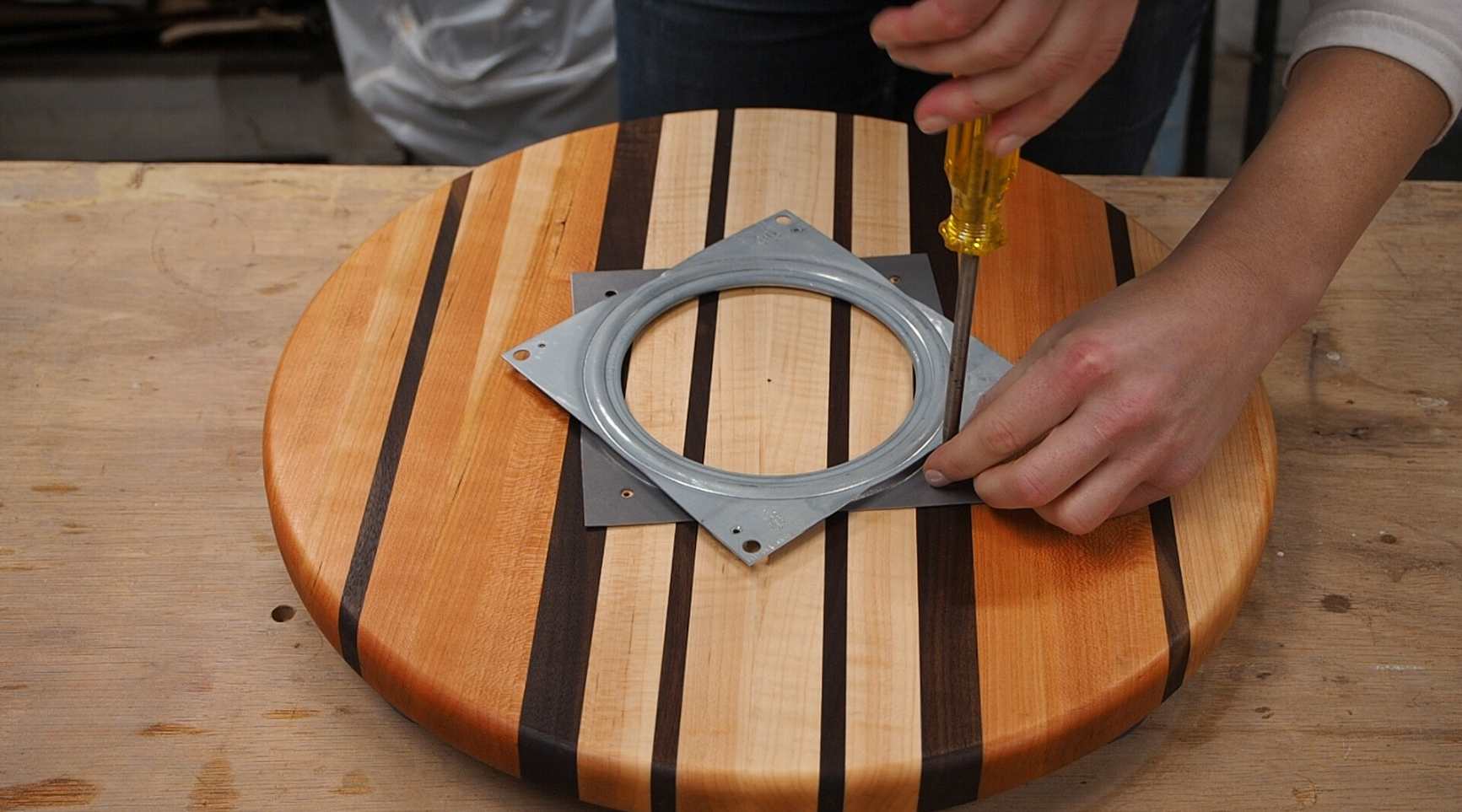

0 thoughts on “What Size Food Processor Do I Need”